Solar oven food safety is of paramount importance when solar cooking.
Solar Oven Food Safety
I am often asked about solar oven food safety. Food safety is a primary concern whether you are cooking in the kitchen or in the solar kitchen. Utmost care and caution must be used in order to prevent illness caused by improper storage, handling, and preparation of food. No one wants to be the “Potato Salad Lady”, whose potluck contribution spoiled at the picnic, causing everyone to get sick. So here are some basic guidelines to food safety.
Personal Hygiene
Solar oven food safety starts with basic personal hygiene. Washing hands frequently is paramount to food safety. In addition, single-use gloves should be used when preparing and cooking food to prevent the transfer of germs and pathogens. Cuts and injuries should be cleaned, bandaged, and covered with gloves as well.
- Before starting work
- Before putting on clean gloves
- Before and after handling raw food
- After using the restroom
- After sneezing or coughing
- After eating or drinking
- After smoking or using tobacco
- After handling chemicals
- After taking out the trash
- After touching your hair, body, clothing, or other un-sanitized objects
- After touching animals
- After any activity that might contaminate your hands
Clean & Sanitary
Use clean utensils, clean tools, and keep a clean work area. All utensils, dishes, tools, and work surfaces should be cleaned and sanitized after they come in contact with food, and before switching from one food to another. These items should be cleaned as often as necessary during use, after each use, and after 4 hours of continuous use. Proper sanitation will prevent cross-contamination of bacteria and allergens into the food.
It is also important to keep your solar oven clean. Cooking in a dirty oven can lead to cross contamination of spoiled food with the new food being cooked.
Food Temperature
Bacteria grow very fast in the temperature range of 40° – 140° F (5 – 57°C). For this reason, this range of temperature is called the “Danger Zone”. Bacteria can grow so rapidly that potentially hazardous food that stays at the high end of the range (70°- 140°) for more than 4 hours should be thrown out. And potentially hazardous food like chilled vegetables – think potato salad – that stays in the lower range of temperatures (under 70°F ) for more than 6 hours should also be thrown out. 
Frozen food should never be thawed at room temperature because it will stay too long in the Danger Zone. It should be thawed in the refrigerator; submerged under cool running water; in the microwave; or as part of the cooking process.
Solar Cooking
Solar cookers get hot enough to cook food. Food begins to cook at 180° F (82°C). Under the right weather conditions, even small solar ovens get hot enough to cook. However, it will take smaller, less insulated cookers longer to cook than larger, well insulated ovens.
Although there are a few exceptions, in almost all cases, pre-heat the solar oven to above the danger zone of 140°F. Place an oven thermometer inside your solar oven to determine the correct temperature. Since a solar cooker will immediately lose 25° F – 50°F, when the glass lid is lifted, a safer pre-heat temperature is closer to 200° F. That way, if you do lose some heat, the cooker is still well above the danger zone. Add the food quickly to the solar oven to minimize heat loss.
Food in a solar oven generally takes about one and a half to three times as long to cook as in a regular oven. Allow plenty of time and ensure there will be plenty of sunshine to enable solar cooking. Since it is often difficult to determine whether food is completely done or not, use a food thermometer to verify the internal temperature of the food.
- 140°F – Ham, fully cooked (to reheat)
- 145°F –Beef, pork, and lamb
- 160°F –Egg dishes and ground meat
- 165°F—Poultry, stuffing, casseroles, reheat leftovers
Absentee Cooking
Cold food can be placed in a solar oven early in the morning several hours before the sun can begin cooking. The food will stay cold long enough until the cooker begins to heat up. Place the food into the cooker and place the cooker facing south so the the sun rays will catch and heat up the cooker, and cook the food. This is especially good method for beans, grains, and dehydrated foods. Be careful to chose a day with full sunshine.
Watch the sun and sky closely for signs that there may not be enough cooking time. If the oven temperature begins to fall into the danger zone 40° – 140° F (5 – 57°C), with no chance of recovery, it is time to bring in your meal to finish off in a more conventional manner. 
Cooked Food Safety
Once the food is cooked, follow all conventional methods of keeping food safe. Either eat it while it is warm, chill it to keep it cool, or use a heat retention box (Wonder Oven) to keep the food up to temperature.
Nothing is more important than your family, your friends, and you. Do not risk their health to food borne illness due to improper storage, handling, or cooking. Remember your solar oven food safety whenever you are cooking.
“As an Amazon Associate, I earn from qualifying purchases”

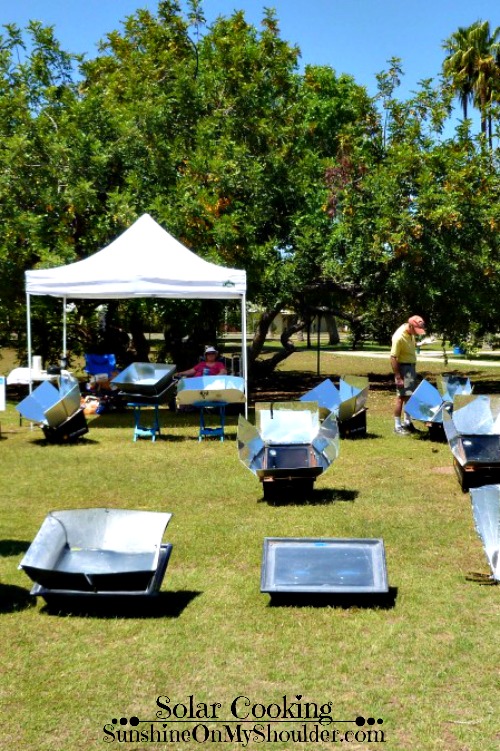


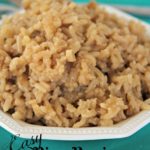
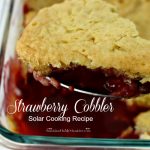
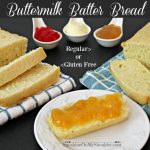
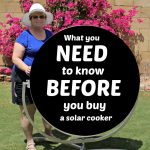
Wear sunglasses and gloves!
Definitely!! And don’t forget a hat either. Thanks for the reminder that we need to take care of ourselves when out in the sun doing our solar cooking.